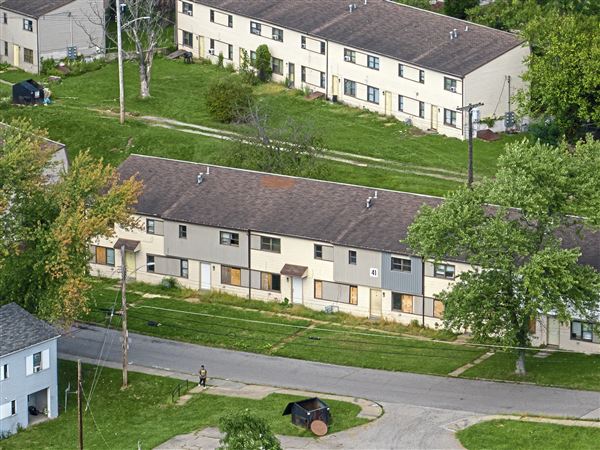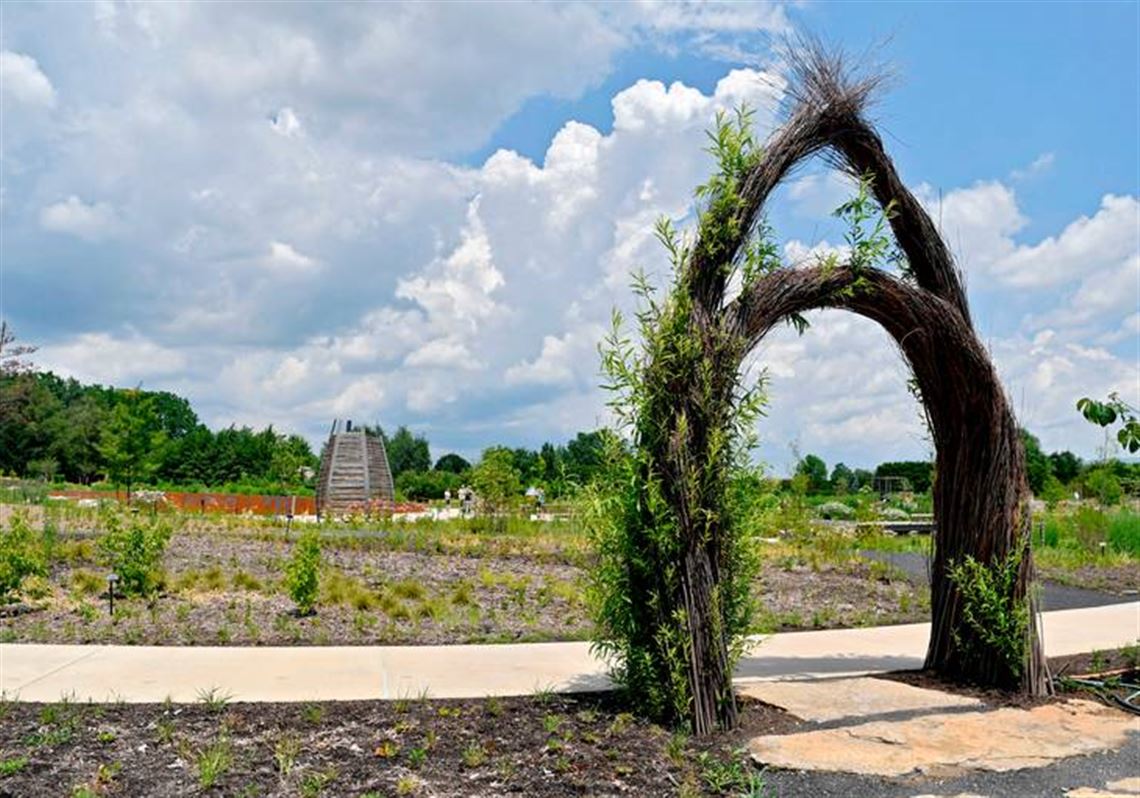UNIVERSITY PARK, Pa. — After a year and a half of construction and 10 years of fundraising, The Arboretum at Penn State’s new Pollinator and Bird Garden opened to the public this week.
Located within the H.O. Smith Botanic Gardens at the corner of East Park Avenue and Bigler Road, the 3-acre garden is the Arboretum’s largest addition since the creation of the botanical gardens, Arboretum Director of Operations Shari Edelson said Wednesday.
“I’m so pleased that we’re finally opening this garden, and that after a year and a half of construction, people can finally see what was behind that blue construction fence for all that time,” she said.
Since the idea for the garden was conceptualized in 2010 and construction started in 2019, the project cost a total of $9 million, Arboretum Director Kim Steiner said. Every dollar of that amount, he said, was gifted by hundreds of donors.
Steiner said Arboretum staff worked with designers to create plans for the landscape and the planting, and according to a press release, the majority of the plants in the garden were planted by volunteers.
The new garden brings with it a variety of new features for visitors to explore, Steiner said, including two new ponds, low hills, honey bee “hotels,” the Arboretum’s second roofed area and benches in quiet spaces for guests to relax.
The garden also contains 143,000 new plants and hopes to attract every one of Pennsylvania’s native pollinators, including, Edelson said, several hundred different kinds of bees.
“To my knowledge, no one has ever done a pollinator garden like this,” Steiner said. “You cannot believe how intensively designed this is.”
One feature of the garden in particular has attracted a lot of visitor questions, Steiner said: the two dead trees mounted in the center of the valley-like garden next to the Pollinator Plaza.
The dead trees, which stand starkly in contract to the acres of colorful plant life they tower above, act as homes and perches for hawks and other birds.
In addition to creating an aesthetic space, the garden will be used as a means of research for Penn State students, a source of inspiration for gardeners, and a way to educate the public about pollination in an accessible way.
After visiting the garden, Edelson hopes people realize how dependent humans are on pollinators, especially in the midst of an “almost unprecedented biodiversity crisis.”
“Pollinator populations are under threat, bird populations are under threat, natural landscapes and plant communities are under threat,” she said. “And we felt that it was really important to reflect the wonder of biodiversity and the interconnections between the plant kingdom and insect populations and bird populations, and really encourage appreciation for these natural ecosystems.”
Though the garden is open, it’s not quite finished. Edelson said there are still plants to be planted, as well as various other features to be added to the garden, such as honeybee hives, bird furnishings and interpretive signage identifying the plants.
“One of the really fun realities of building a new garden is that we’ve been under construction for a year and a half, but now we’re going to be open forever,” Edelson said. “And so we have forever to keep improving the garden.”
The Arboretum is open daily from dawn until dust, and there is no charge for admission. Parking is available in the Arboretum’s lot until July 19, when construction will begin on the new Palmer Museum of Art facility. After that, parking will be available across the street in the lot adjacent to the Lewis Katz Building.
First Published: July 4, 2021, 4:00 a.m.















